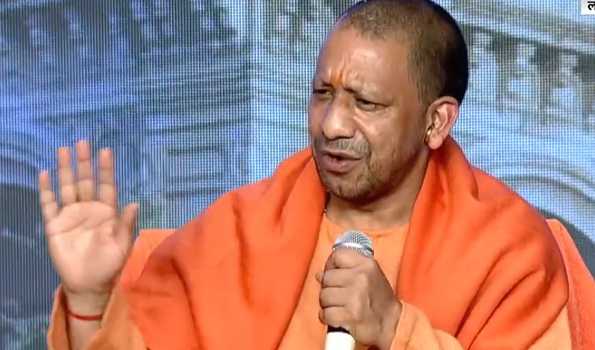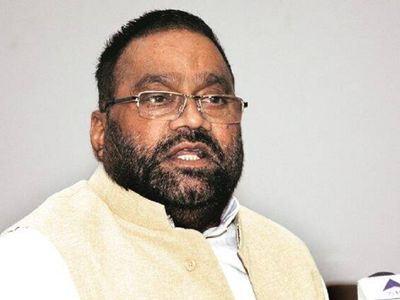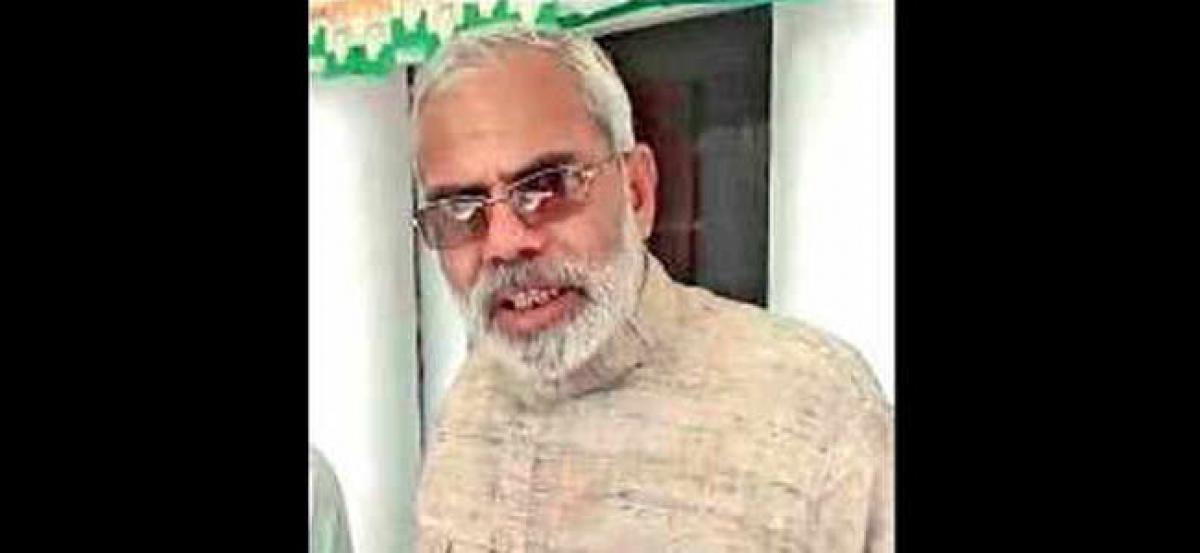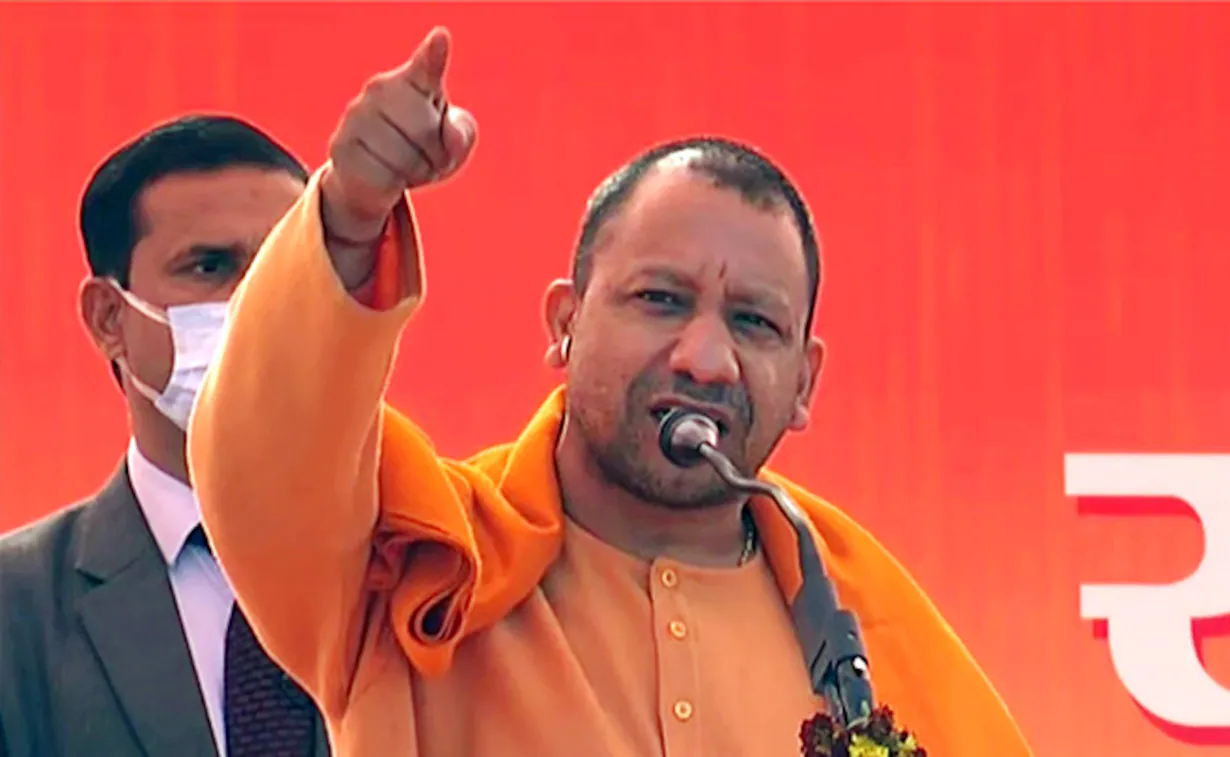Phase 2 Of UP Polls Record Around 63 pc Polling

Lucknow, Feb 14 (UNI) Around 63.22 per cent voters out of the 2.02 crore strong eligible electorate, exercised their franchise at 55 seats spread across nine districts during the second phase of Uttar Pradesh Assembly polls on Monday. In 2017, 65.53 per cent votes were polled in this phase. According to reports from the districts, 72.02 per cent votes were polled in Amroha district, 63.70 in Rampur, 59.47 in Badaun, 59.28 in Shahjahanpur, 66.42 in Moradabad, 60.04 in Bareilly, 70.31 in Saharanpur and 61.14 in Bijnor.
Besides, 56.93 per cent votes were polled in Sambhal district till 5 am. Chief Electoral Officer Ajay Kumar Shukla said that polling for the second phase was held peacefully and no untoward incident was reported from anywhere. He said that total 273 complaints were received on mobile app C-vigil, out of which 97 were found to be true and action was taken on them. The Chief Electoral Officer’s office said that polling was held till 6 pm and directives have been issued to allow electorates present in the polling station to cast their votes.
Additional CEO, BDR Tiwari said that poll percentage and other data will be released only after final figures were received. In Saharanpur district’s Nakur Assembly constituency, a presiding officer died after suffering cardiac arrest while on duty. Official sources said that Rashid Ali Khan (58), deployed at booth number 227 in Dhikka Tipri village, suffered a heart attack, at around 10 am. He was rushed to a hospital, where he died at around 12 noon. Prominent political leaders, including Union Minister Mukhtar Abbas Naqvi and UP Ministers Suresh Kumar Khanna and Jitin Prasada, cast their votes in the second phase of Assembly polls. Riding high on Modi wave, BJP made inroads in this region in 2017 by winning 38 seats, whereas SP won 15 and its ally Congress two.
According to political analysts, the division of Dalit votes was such that BSP failed to open its account. Three ministers in Yogi government were trying their electoral luck in this phase. Suresh Khanna was contesting from Shahjahanpur, Gulabo Devi from Chandausi in Sambhal district and Baldev Singh Aulakh from Bilaspur seat in Rampur district. Prominent opposition leaders, who were contesting in this phase included senior Samajwadi Party (SP) leader Azam Khan from Rampur Sadar, former minister in Yogi government and now SP candidate Dharmpal Singh Saini from Nakur in Saharanpur and Mehboob Ali from Amroha. As most of the seats in this phase are dominated by Muslims and Dalits, it is considered to be a bastion of Samajwadi Party (SP) and Bahujan Samaj Party (BSP).
Keeping in view the caste equations in this region, political parties have fielded candidates strategically. In view of the demography, political parties have fielded 75 Muslim candidates. While BSP has fielded maximum 25 Muslim candidates, SP-Rashtriya Lok Dal (RLD) combine has filed 18 candidates and Congress has named 23 Muslim candidates in this phase. Asaduddin Owaisi led All India Majlis-e-Ittehadul Muslimeen (AIMIM), which is trying hard to gain ground in politically important UP, has made the contest interesting by fielding 18 Muslim candidates. This is also important as out of 55 seats, Muslims decide victory or defeat on 25 seats and Dalits on 20 seats.
According to political analysts, while resentment among the farmers, especially after year long protest against the three farm laws, could increase problems for ruling BJP, SP is trying to better its performance riding on its alliance with RLD and other smaller parties having presence in this region. Of the nine districts in the second phase, Dalit and Muslim voters are the deciding factor in Rampur, Sambhal, Moradabad, Saharanpur, Amroha and Bijnor. SP, BSP and RLD contested 2019 Lok Sabha polls in alliance and won all the seats in this region. While SP won Rampur, Moradabad and Sambhal, Saharanpur, Nagina, Bijnor and Amroha went to BSP. According to political analysts this time, as the elections were focused on balancing caste equations, it will be difficult for BJP to attract votes on the basis of security and religious grounds.
Besides, from the list of candidates of all the parties in the fray it is clear that they are dependent on the polarization of Dalit, Jat and Muslim electorates, they said. Problems of the farmers remains a major issue in western UP, which was the center of the agitation against three farm laws. By withdrawing the three farm laws, the Modi government has attempted to mitigate the effect of the protest, but resentment among the farmers remains a challenge for BJP. To water down the resentment Prime Minister Narendra Modi, Home Minister Amit Shah, Chief Minister Yogi Adityanath and BJP president JP Nadda have extensively campaigned in this region highlighting the development and welfare works done by the ‘double engine’ government, specially those related to the farmers. Besides, BJP has made Amit Shah, considered to be the party’s ‘Chanakya’, in-charge of the poll strategy in western UP, but it will also prove to be a litmus test for him. It would be interesting to see whether SP will be able to succeed this time after failed alliance efforts several times in the past.
BSP is also making an effort to turn the contest between BJP and SP-RLD into a triangular fight. The party is also vying to win two dozen Dalit-dominated seats in the region. For the party, which failed to secure even a single seat in the last elections, it’s a do or die situation.





